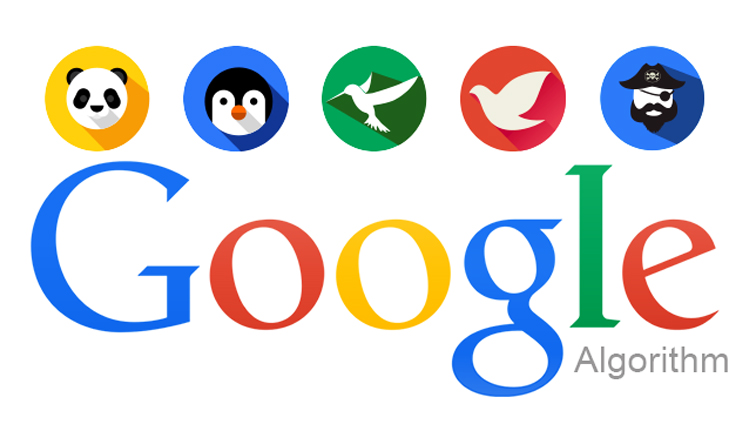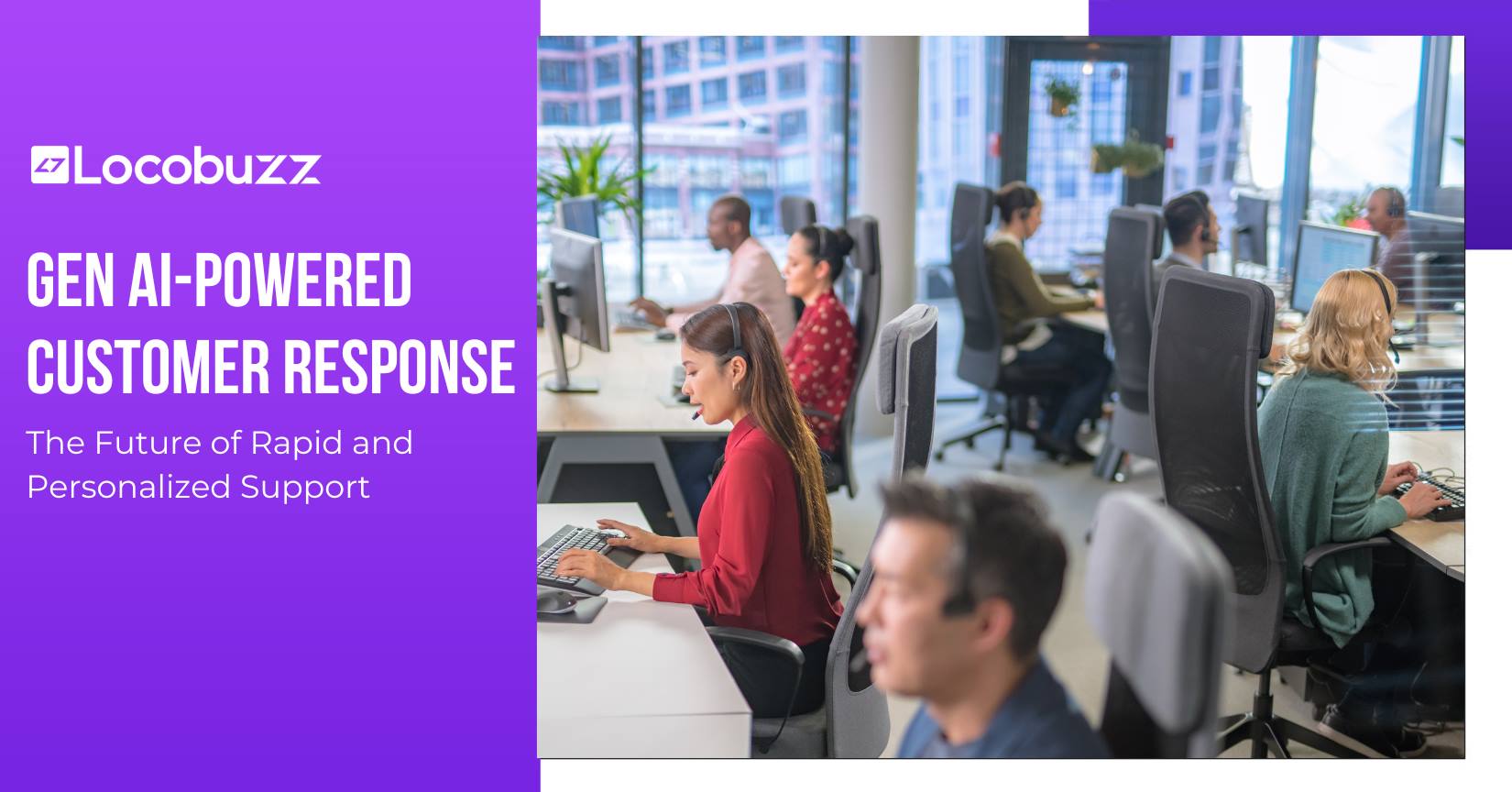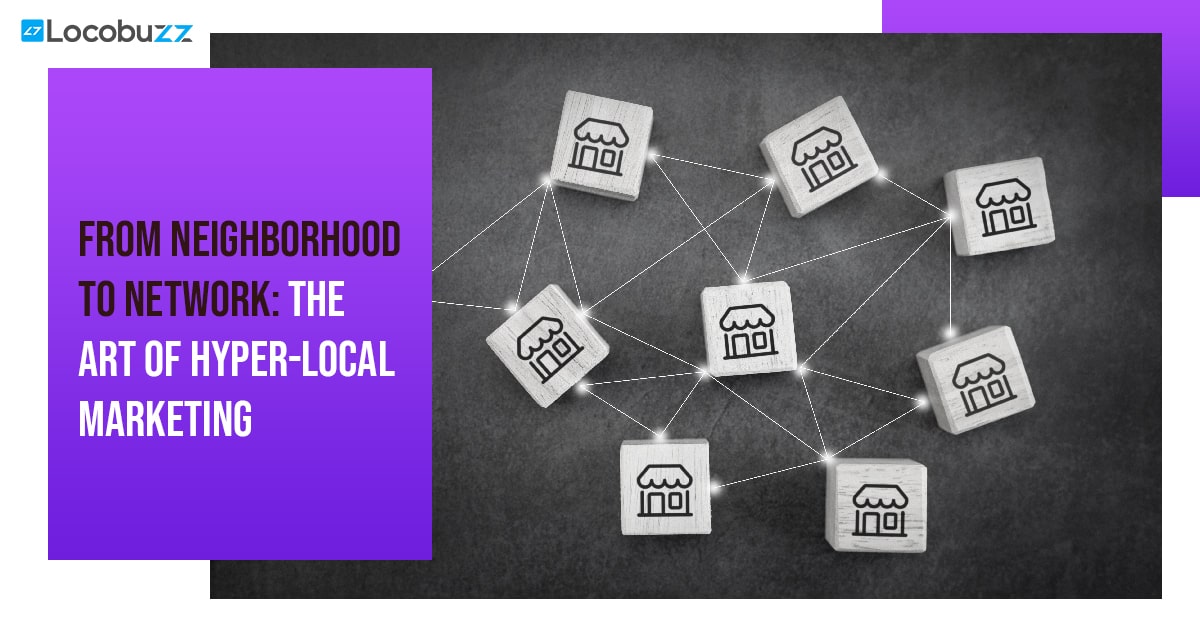All You Need to Know About Google Algorithm Updates
Introduction
Google frequently updates algorithms to change the search results that allow visibility but also creates a competitive atmosphere between brands. To deliver quality content that improves search, Google informs us about the major Google Algorithm Updates. This helps content writers, SEO analysts, and professionals update their websites to ensure they stand out from the rest.
From a technical perspective, it can be overwhelming to grasp all these changes and what one must do to comply with the requirements. To make things simpler, we’ll explain the latest Google algorithm updates, what it focuses on, the role of the user, how to rank, and pages Google disapproves of.

Table of Contents
Why does google update its algorithms?
Google updates its algorithms to keep in sync with market shifts and changes in customer behaviour, therefore helping brands be more relevant to a user’s search results. In fact, Google makes thousands of yearly updates. Only a few major updates are officially announced as most of the updates are highly technical and hardly noticeable to the layman. There are, from time to time, major upgrades that alter the way search results are presented; that’s when Google releases a detailed explainer of the changes.This week, we released a broad core algorithm update, as we do several times per year. Our guidance about such updates remains as we’ve covered before. Please see these tweets for more about that.
Google SearchLiaison
Earlier, Google got rid of overly optimized content, manipulative link building, and black hat techniques not serving the user’s best interest. Later, Google targeted websites with lots of ads that blocked the actual content. These algorithm updates focused more on localized results.
The Google Payday Loans update targeted spammy queries associated with shady industries and included better protection against negative SEO. Later updates targeted conversational search to offer relevant results for complex queries. Next was the Mobile-Friendly Update that rewarded websites with a user-friendly mobile version.
Another update, RankBrain, was a machine-learning algorithm filtering search results to offer users the best results for their searches. This was followed by Google Penguin that targeted low-quality content, deceptive advertising, and UX issues.
In 2020, Google targeted content relevance and rewarded websites that offered the best content. According to Google, many broad core algorithms have been made and will continue to be made. Pages performing worse than they used to aren’t penalized. In fact, pages delivering good content are rewarded with a better rank. The same is the case for latest update BERT.
What’s google focusing on?
Google Search has changed a lot in the past few years. Right from the way pages are ranked, the intent behind the searches, and the way results are presented; it has all changed massively. Suppose you compiled a list of the best albums ever released back in 2015. If you searched for it today, the results will be different because new albums have been released and your preferences might’ve changed. Similarly, Google’s algorithm updates evaluate newer factors while ranking pages during search results. Backlinks used to be the king of ranking until Google moved the ship towards quality content. Pro-tip: To know what Google counts as quality content, read this post by Amit Singhal; the former head of Google’s Search team for 15 years.What’s google’s most important ranking factor?
Site quality is important when it comes to ranking pages on Google but is the user dictating the way pages are valued on Google search? If a user searches how to peel an orange, his decision about what page to read is influenced by results based on algorithms calculating the context created by previous searches. The user clicks on the pages he wants to read based on the title and meta description. Eventually, it’s the user who rewards pages. Also, the results are influenced by location, interests, previous searches, and language basing the results on the user’s profile. Google knows your location and offers localized results in the current language. This is the reason why you get results in local languages when on a vacation. Google search results are also based on the device you’re using and the websites you’ve visited. Someone from Brazil searching for courier services will receive totally different results than someone searching for the same in India even though the query is in the same language. Good user experience (UX) helps sites gain traffic and begin ranking. The latest algorithm updates prioritize the user first and foremost to provide a quality experience for searchers. Today, UX is more important than ever!How to rank on google search?
How do you make sure that your content is high-quality and should be ranked? By following these simple points:- Website must be mobile-friendly
- No mass-produced content
- Ads shouldn’t interfere with the main content blocking the user’s view
- Correct spellings and language style
- Deliver original information
- Describe the topic thoroughly
- Offer insights and interesting discoveries based on personal research
- Check facts and do not share misleading information
- Write titles that represent the content well
- Avoid exaggerating titles and fake news
“EAT and YMYL are concepts introduced for Quality Raters to dumb down algorithm concepts. They are not ‘scores’ used by Google internally.“ #Pubcon @methode Followup: There is no EAT algorithm.
Grant Simmons, VP, Homes.com
Q:Does Google have an EAT score? A: There's no internal EAT score or YMYL score. The QRG are guidelines for raters. EAT and YMYL are concepts that allow humans to "dumb down" algorithms. There is no one algo that looks for YMYL.
Marie Haynes, SEO Expert
A high EAT means that the content is written by a trustworthy source with authority in that niche. Topics requiring less expertise should be extremely detailed like reviews of products and services. Higher page quality means a positive author and brand reputation and a high standard for accuracy.
Make sure your content is easy to understand. You should:
- Add visuals
- References to studies and researches
- Personal opinions based on life experience
- Lists for easier understanding of the topic
- Bring additional value or new information
Now, let’s look at the characteristics of low-quality content:
- Created without adequate time, effort, or expertise
- Doesn’t correspond to the title
- Irrelevant, exaggerated, or shocking titles;
- Content with no additional value
- Ads blocking the user from the content
- Contains disturbing images
- Financially fraudulent pages
- Pages that spread hate
- Pages that misinform users
- Auto-generated or scraped content
- Content generated through black hat techniques
Conclusion
If your page is devalued after an algorithm update, that doesn’t always mean you were penalized but that other pages offer more value. Search engines don’t understand content like humans. Delivering perfect content is hard. That’s why Google updates its algorithms from time to time. If you follow the aforementioned checklists, you’ll make both Google and the users happy.























